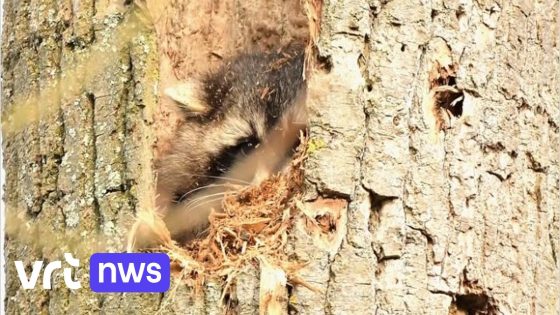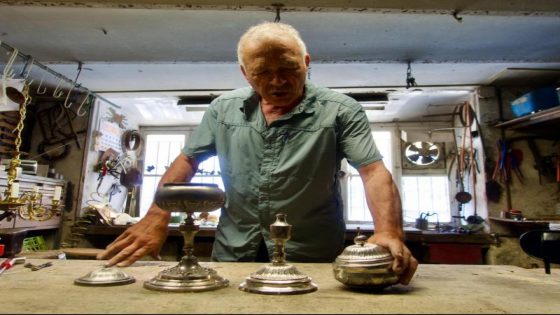On February 17, 2025, the presence of raccoons in Flanders has raised concerns among locals. Once considered an exotic species, these animals are now becoming increasingly common in Belgium. How did they get here? The answer lies in their escape from fur farms during World War II.
- Raccoons are non-native to Europe.
- Their population growth began in Germany.
- They escaped from fur farms during WWII.
- Raccoons threaten native bird nests.
- They can carry harmful parasites to humans.
- Classified as an invasive species in Europe.
Frederik explains that raccoons originated from North America but have adapted well to European climates. Their growing numbers pose risks to local wildlife and human health. Are we prepared for this invasion?
The Growing Raccoon Population: What You Need to Know
Raccoons may seem cute, but they can be harmful. Why should we care about their rising numbers? As invasive species, they threaten local ecosystems by preying on birds’ nests and damaging property. Understanding their behavior is crucial for managing this issue effectively.
The Impact of Invasive Species on Local Ecosystems
The introduction of raccoons into Belgium’s environment poses significant challenges. They disrupt food chains and compete with native species for resources. Here’s what you should know:
- Raccoons raid bird nests, affecting local bird populations.
- They can transmit parasites like roundworms that pose health risks.
- Property damage from raccoon activity increases costs for homeowners.
- Their adaptability allows them to thrive in urban areas.
The History of Raccoons in Europe: A Brief Overview
Diving into history reveals how raccoons became part of Europe’s landscape. Initially brought over for fur farming during WWII, many escaped and started breeding in the wild. This historical context helps US understand why they are now a concern across various regions.
How Residents Can Protect Themselves from Raccoon Encounters
If you live in areas where raccoons have been spotted, it’s wise to take precautions. Here are some tips:
- Secure trash bins to prevent scavenging.
- Avoid leaving pet food outside overnight.
- Seal entry points around your home to keep them out.
The Future of Wildlife Management in Belgium
The rise of raccoons highlights the need for effective wildlife management strategies in Belgium. Authorities must monitor populations closely and educate communities about the risks associated with invasive species. Will proactive measures help mitigate these issues before they escalate?
This situation serves as a reminder that our actions today will shape the future of our environment tomorrow.






























